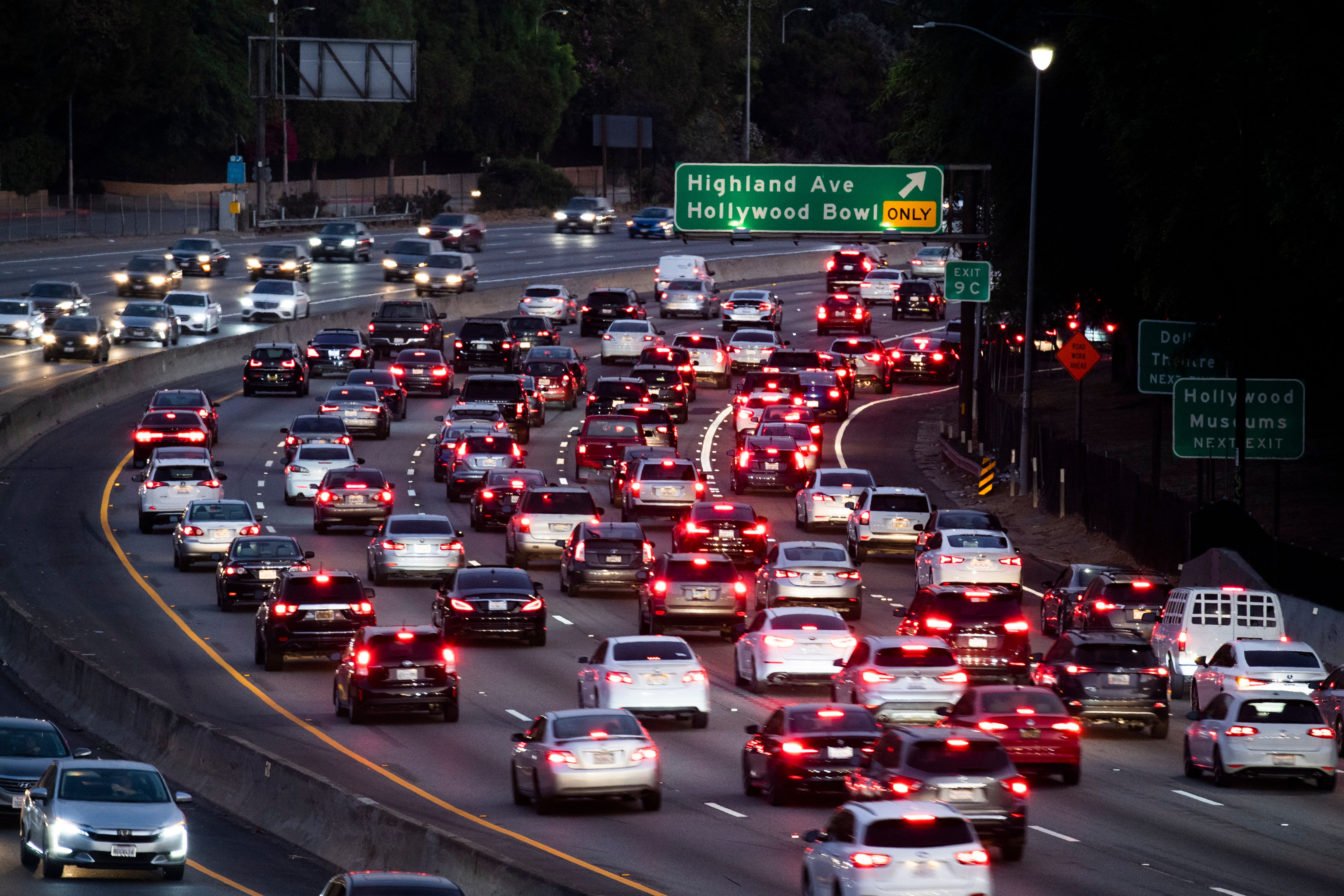Police work isn’t black and white, it’s gray, said police tactics expert Cameron Gary, when asked to help understand the two most recent deaths of young black men shot and killed by white police officers.
Last week in a suburb of Minneapolis, 20-year-old Daunte Wright was shot and killed by a police officer who said she meant to use her less-lethal taser to subdue him, but pulled the trigger of her gun, instead.
Twenty-six-year veteran Brooklyn Centre Police officer, Kimberly Potter, resigned the day after the shooting. She now faces criminal charges in Wright’s death.
Get top local stories in Southern California delivered to you every morning. >Sign up for NBC LA's News Headlines newsletter.
“Sometimes people under duress, they make bad decisions,” said Gary, who spent 30 years in law enforcement including serving as a San Diego County Sheriff’s Deputy. Gary also conducts tactics and training for officers and has a clear understanding of the pressures officers face in the field.
After watching a video of the Wright incident, Gary said the officer, “Just simply made a bad decision. She just made a mistake. Unfortunately, she’s still responsible.”
The blame is not so clear in the death of 13-year old Adam Toledo.
Toledo was shot and killed by a Chicago Police officer on March 29, but body camera and surveillance videos were just released this week. It shows officers responding to a call of shots fired at 3 a.m. and finding two men in a nearby alley. One of the men, who was later identified as Toledo, took off running with the officer right behind him.
On the body cam video, you hear the officer yelling for the teen to "stop" and “drop it”. Toledo is then seen on the body cam video turning as he holds his hands up in surrender. That’s when the officer fires a single shot.
California
News from across California
“If he sees the kid turn, and if his palms are open and there’s nothing there, that’s kind of a universal sign of, 'Hey, I’m no threat to you,'” said Gary after viewing the video.
But the body cam video doesn’t tell the whole story. A surveillance camera captured video of what appeared to be a gun in Toledo’s right hand. The gun was tossed behind a fence as Toledo spun around to face the officer.
“So, if he sees a threat and he [the police officer] is responding to it and the guy drops a gun, a weapon, the signal’s already been sent,” said Gary pointing to his brain. "And he’s already firing.”
It’s a split-second judgment call, that Gary said is hopefully a response to good training. Still, Gary said, deciding whether the officer’s actions are “a tough call” based on the limited video and information provided.
“The goal is to stop the threat,” said Gary, and that might entail using deadly force. “But you hope not."
The former Deputy Sheriff also doubted whether in the heat of the moment the officer could tell Adam Toledo was only 13-years-old. “Can a 13-year-old kid with a gull pull the trigger and kill you? Absolutely. Are we gonna try to make some assessments based on the youth of a child? if we know it’s a child, absolutely. But in this circumstance, there’s no way you’re gonna know that, said Gary. “So, it’s not fair to say OK, you should have known it’s a 13-year-old kid.”
When asked if the officer might have handled the situation differently if the teen had been white, Gary paused for a moment and said “We’ve seen instances where white suspects have been given a lot more latitude than black or brown suspects.”
The bottom line for Gary is that more information is needed before any blame is placed.



